
New course aims to reduce military hearing loss
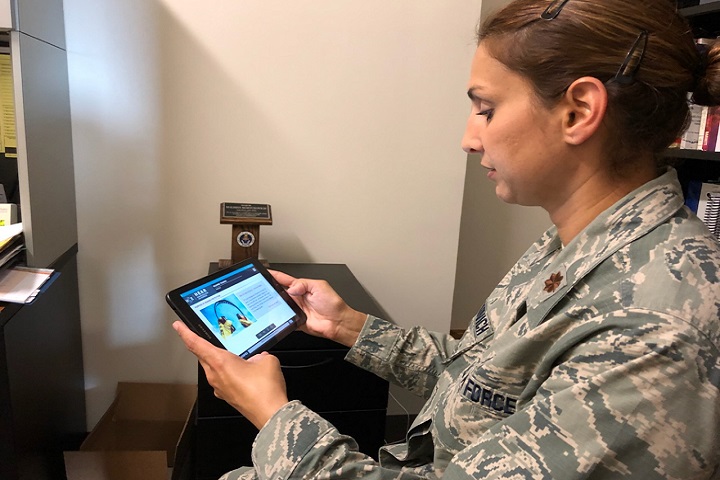
Maj. Malisha Martukovich, Air Force liaison for the DoD Hearing Center of Excellence, tests out the new HEAR course app, which can be downloaded onto a smartphone or tablet for convenient access. (DoD HCE photo)
The Department of Defense Hearing Center of Excellence (HCE), in collaboration with the Army Game Studio and subject matter experts from all service branches, developed an interactive course to ensure service members receive hearing loss prevention training earlier and throughout their careers.
Called the Hearing Education and Readiness (HEAR) course, the standardized training informs service members about the risks of exposure to hazardous noise, the negative impacts of noise-induced hearing loss, and effective strategies to help reduce the risk. The training also outlines regulations and standards for service members and DoD civilians enrolled in a Hearing Conservation Program as determined by their service branch.
Tinnitus and hearing loss have remained among the top disabilities of veterans leaving the service, calling for more comprehensive and frequent education to increase awareness of the risk within the military community. In 2017, the Veterans Benefits Administration reported there were 1.6 million and 1.1 million veterans receiving disability compensation in Fiscal Year 2016 for tinnitus and hearing loss, respectively.
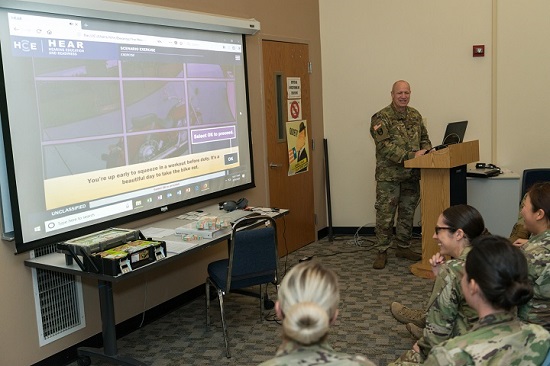
Lt. Col. John Merkley, chief of the Army Hearing Division, Army Public Health Center, demonstrates the HEAR course to Army audiologists during the 3rd Annual Army Public Health Course in August 2018. (U.S. Army photo)
“Noise is ubiquitous and hearing is a critical sense,” said Air Force Col. LaKeisha Henry, division chief for the HCE. “The goal of the HEAR training is to reduce the incidence of noise-induced hearing loss and increase hearing readiness to ensure operational and mission success for all service members. An added benefit is improved accessibility of the training for at-risk personnel, who now will be able to more easily obtain this required education.”
The four-module HEAR course has been disseminated across the DoD, and also made available for service members via the Joint Knowledge Online training portal. Course highlights include a required training portion designed for both military and noise-exposed civilian personnel, a scenario exercise, leadership module, and additional optional lessons.
In tandem with the online course, the HCE released a HEAR app in July, which is a compressed version of the course, currently available under Google Play. The 10-minute app version can be loaded onto a smartphone or tablet to deliver quick and convenient education at the time of a service member’s periodic hearing test. The app is searchable on Android devices by typing “hearing education”. Plans are also underway to develop an iTunes version for Apple devices, according to Henry.
For more about hearing health education, visit https://hearing.health.mil.
Battlespace acoustics branch protects hearing, human performance
Article
8/17/2018
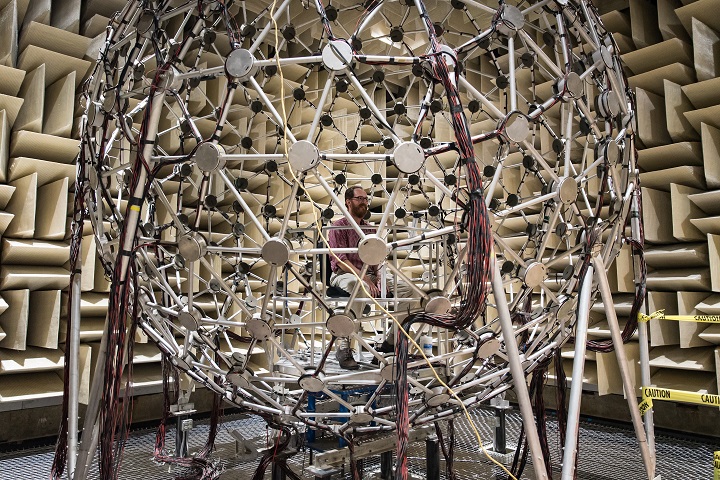
We look at how noise is being generated, how it propagates, and what that means for Airmen in the field
Air Force NCO resumes career after tumor, hearing loss
Article
5/16/2018
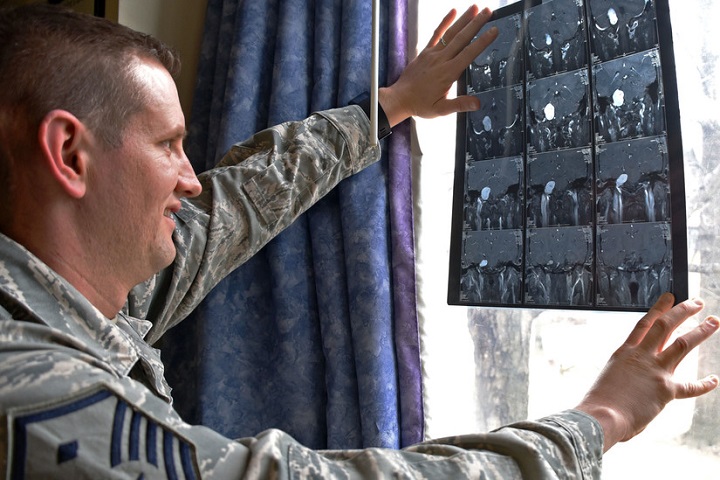
He had the constant feeling of water in his ear – he knew something was wrong
Dedicated audiologists use clever tools to combat hearing loss
Article
5/11/2018
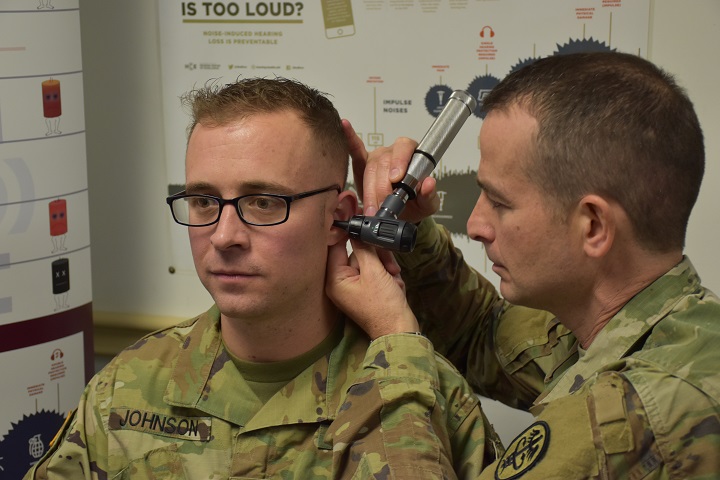
Hearing loss and tinnitus have steadily increased over the last two decades among Veterans
Research network works to combat number one disability claim among veterans
Article
5/4/2018

Noise brings the potential of hearing loss if proper personal protective hearing equipment is not available or utilized
Traumatic Brain Injury and the Art of Paddling
Article
3/7/2018

A U.S. Army veteran’s recipe for embracing life after several TBIs
With success comes ‘great momentum’ in hearing center’s future
Article
7/13/2017
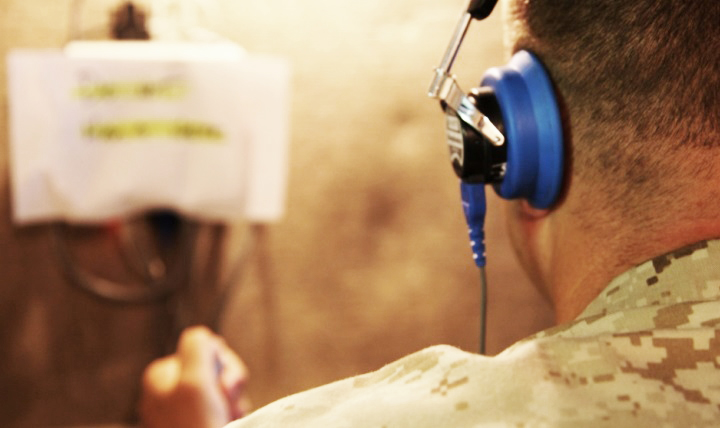
DoD’s Hearing Center of Excellence works closely with other departments and organizations, including VA and NIH, to facilitate research focused on prevention, diagnosis, mitigation, treatment, and rehabilitation of hearing issues
May is better speech and hearing month
Article
5/10/2017

The Veterans Benefits Administration reports that tinnitus and hearing loss are the top two service-connected disabilities for U.S. military veterans
DHA to welcome Hearing Center of Excellence to agency
Article
12/5/2016
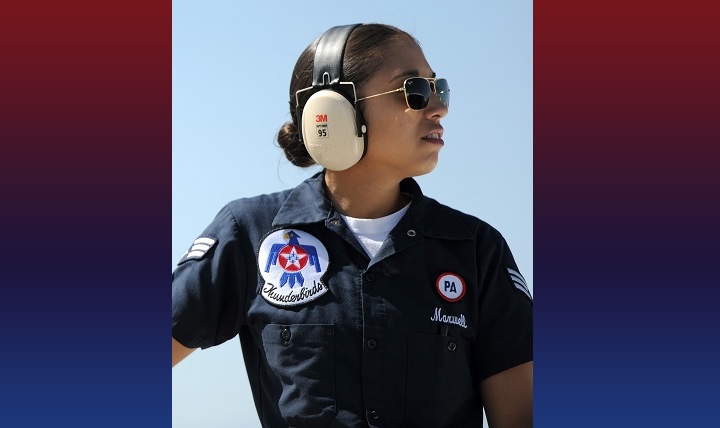
The center comes under formal control of the Defense Health Agency Dec. 11, 2016
Hearing loss and brain injuries
Article
9/30/2016

Becoming aware of how your surroundings can affect your hearing is a key factor in managing hearing problems associated with TBI
Exiting an A-10C Thunderbolt
Photo
9/30/2016

U.S. Air Force Senior Airman Judith Bulkley, an electrical and environmental systems specialist deployed from the 23rd Aircraft Maintenance Squadron, Moody Air Force Base, Ga., exits an A-10C Thunderbolt II after performing an external power operations check on the aircraft at Kandahar Airfield, Afghanistan. Because service members in particular are ...
Cochlear implant opens up the world for Army colonel
Article
9/22/2016

In the past 12 years, Army Lt. Col. James Morrison has seen ear, head and neck, and neurology specialists at the six posts where he was stationed
Lt. Col. James Morrison getting adjustments to cochlear implant
Photo
9/22/2016

Dr. Elizabeth Searing (right) makes initial adjustments via a computer to Lt. Col. James Morrison's cochlear implant. Dr. April Luxner, an audiologist with Cochlear Corporation, was on hand to witness Morrison's reactions to hearing with his right ear after 12 years of deafness. (U.S. Army photo by Jeff Troth)
Army Hearing Program
Policy
Department of the Army Pamphlet 40-501
- Identification #: N/A
- Date: 1/8/2015
- Type: Instructions
- Topics: Reserve Health Readiness Program | Hearing Loss
Defense Occupational and Environmental Health Readiness System – Hearing Conservation (DOEHRS-HC)
Fact Sheet
10/1/2013
The Defense Occupational and Environmental Health Readiness System – Hearing Conservation (DOEHRS-HC) is an information system designed to support personal auditory readiness and help prevent hearing loss through early detection.
Guidance on the Establishment of Department of Defense Standardization for Ordering and Procurement of Hearing Devices Prostheses 13-006
Policy
The Defense Hearing Center of Excellence (HCE), which is focused on improving prevention, diagnosis, mitigation, treatment, and rehabilitation of hearing loss and auditory system injury, has identified a significant improvement in the ordering and procurement of hearing devices.





















.jpg)









No hay comentarios:
Publicar un comentario